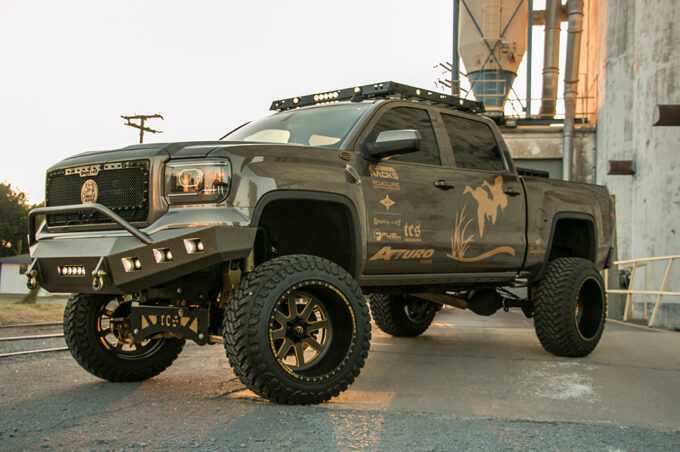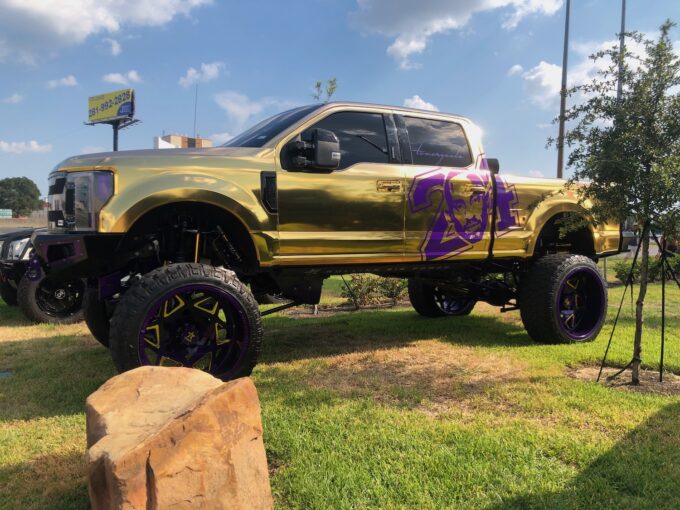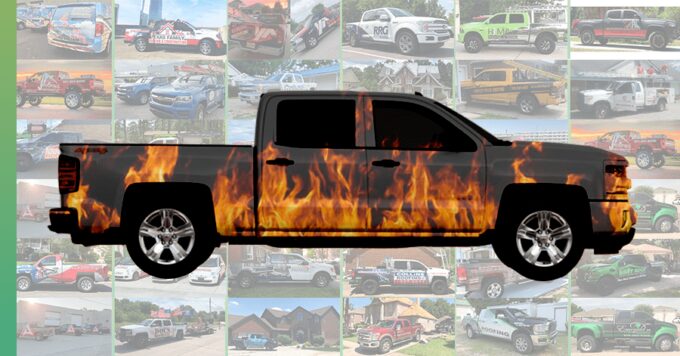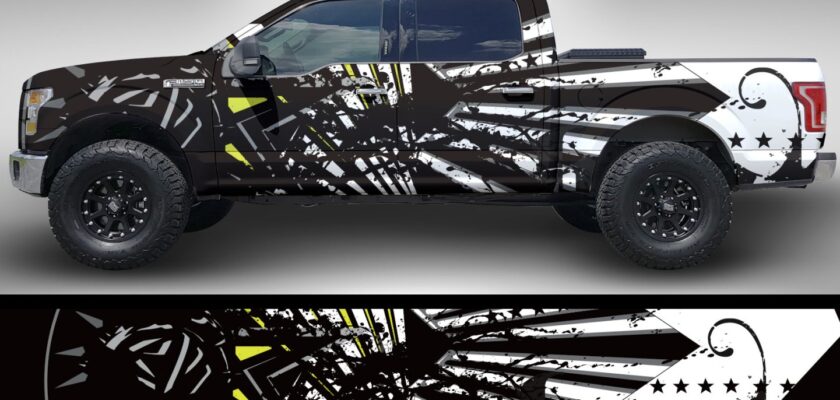When you think about marketing your business, what comes to mind? Probably not trucks wrapped in colorful vinyl. But that’s exactly what you can do with a little creativity and some tips and rules for designing your business truck wraps. From stickers to decals, there are a variety of ways to make your truck stand out from the rest. And by doing so, you’ll create a visual branding tool that will help attract customers and promote your business.
Why Truck Wraps?

Source:liquidconcepts.com
Truck wraps are a great way to increase brand awareness and create a memorable experience for drivers and passengers alike.
Company truck wraps can be customized to feature your logo or slogan, and they make an excellent way to announce your presence to drivers on the road.
Truck wraps can also help drivers stay safe while they’re on the road. By displaying your company’s name and contact information, drivers can easily find information about safety tips and services offered by your organization.
What is a Truck Wrap?

Source:topmarq.com
A truck wrap is a decorative piece of vinyl that is applied to the side or back of a truck. This type of decoration can be used for businesses of all sizes, and there are many different ways to design a truck wrap. Here are some tips and rules for designing your own business truck wrap:
- Choose a template or design style that you like. There are many popular templates available online, and you can also create your own design using Photoshop or other graphic software.
- Choose the right material for your truck wrap. Most commercially available truck wraps are made out of vinyl, but there are also fabric options available. Vinyl is the cheapest option, but it may not be the best choice if you want a high-quality finish on your truck wrap. Fabric options may cost more up front, but they will likely last longer and look better in the long run.
- Decide how much coverage you want your truck wrap to have. Most commercial trucks come with a standard size that is suitable for most wraps, but feel free to customize your coverage as needed. A full coverage wrap will cover most of the back or side of the truck, while a partial coverage wrap will only cover part of the back or side of the truck.
- Begin by measuring and drawing your desired shape on paper or templates, then transferring those measurements onto the vinyl material itself. Be sure to follow the provided guidelines closely if you choose to use a template; incorrect measurements can result in a poor-quality truck wrap.
- Once your template is complete, carefully cut out the desired shape from the vinyl and remove any excess material. If you are using a fabric option, be sure to follow the same cutting and trimming guidelines as with vinyl.
- Apply a layer of adhesive to the back of the truck wrap and position it onto the desired area. Be sure to hold down all edges of the wrap while applying pressure to ensure a tight seal. Once the adhesive is dry, use a hairdryer or heat gun to press down any wrinkles or air bubbles that may have formed.
- Finally, apply a second layer of adhesive to the back of the truck wrap and position it into place. Again, hold down all edges while applying pressure, and wait until the adhesive has completely dried before removing your truck wrap.
How to Design Your Own Truck Wraps?
If you’re thinking about designing your own truck wraps, here’s a quick guide to help get you started.
- Start with a base design. Your wraps should start with a basic, recognizable shape that can be easily translated into different sizes and colors. This could be your company logo or a simple graphic design element like an arrow or star.
- Create variations on the theme. Once you have a good starting point, add different elements and patterns to create more expressive and unique designs. Be sure to keep your overall look cohesive, though – combining multiple themes and designs will create a more cohesive look for your truck fleet.
- Record your inspiration and ideas. Once you’ve got some ideas down, it’s time to start capturing them on paper or in digital form. This will help you stay organized and remember key aspects of each design as you progress.
- Consider the practicalities of wrapping trucks. Your wraps should be durable enough to last through regular use, but they also need to be easy to apply and remove without damaging the paint job – both during installation and when taking the wrap down at the end of the day. Make sure to test out different methods of application before settling on anything finalized!
- Plan your design strategy. Before starting to wrap your trucks, it’s important to have a plan. This will help you organize and sequence your designs, as well as keep everything on track – both during the design process and while the wraps are in use.
Types of Truck Wraps

Source:iroofing.com
There are a variety of truck wraps that businesses can choose from, including:
– Standard truck wraps: These are made from a polyester or cotton blend and feature a simple design. They are typically used for small businesses or trucks with minimal branding.
– Custom truck wraps: This type of wrap is designed specifically for your business and can be made in any color or style. They can also include graphics or logos to further distinguish your truck from others on the road.
– Laser truck wraps: These high-quality wraps use lasers to create a durable and professional finish. They are best suited for larger trucks with more branding needs.
Conclusion
If you’re looking to add a touch of class and sophistication to your business truck, then wraps are the perfect way to go. Here are some tips and rules for designing wraps that will help make your truck stand out from the crowd. Have fun with it – let your creativity shine through!

